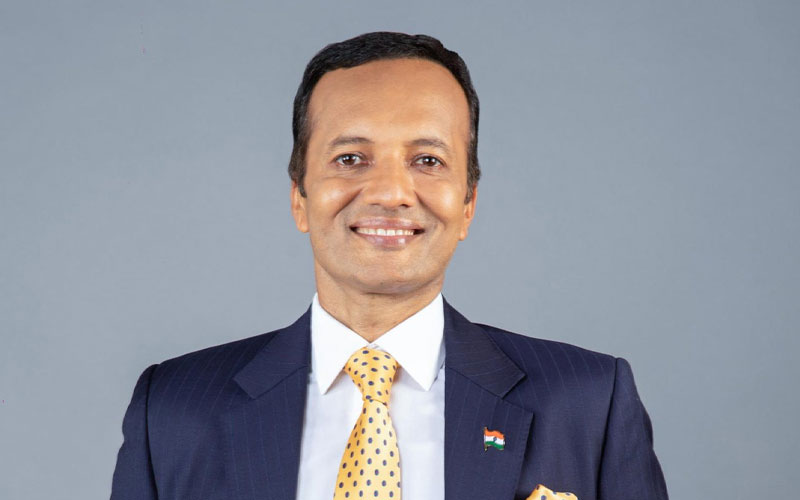Naveen Jindal aims to transform the traditional blast furnaces of Acciaierie d’Italia (ADI), having an annual steel production capacity of around 10 million tonnes, into energy-efficient electric arc furnaces, aligning with modern environmental standards.
Feb 10, 2025

Chairman and promoter of Jindal Steel and Power Limited (JSPL), Mr. Naveen Jindal, has submitted a bid of more than USD 1 billion to acquire and rejuvenate Italian steel manufacturer Acciaierie d’Italia (ADI).
Made through Mr. Jindal’s privately-held overseas companies, the bid focused on transforming the traditional blast furnaces of ADI, having an annual steel production capacity of around 10 million tonnes, into energy-efficient electric arc furnaces, aligning with modern environmental standards.
Watch: Top Cable Companies in India
Other bidders include a consortium led by the government of Azerbaijan and Baku Steel, which has pledged natural gas supplies to support ADI’s operations; Bedrock Industries from the US and various Italian industrial groups, some of which have shown interest in specific assets rather than the entire company.
Given its significant role in the nation’s industrial landscape, the government of Italy has been closely monitoring the reorganisation of ADI. The company required substantial capital to offset past losses and upgrade its technology to meet the stringent European environmental regulations.
ADI has been under the administration of the government of Italy since February 2024. It was previously a public-private partnership company being run by ArcelorMittal and Invitalia, Italy’s state development agency. In February 2024, ArcelorMittal announced that ADI had entered extraordinary administration, thus transferring control to government-appointed commissioners.
Also Read: JSW Group To Build 25 Million Tonne Steel Plant in Maharashtra Worth INR 1 lakh crore
Those in the know-how of the matter revealed that the bidding process for ADI was expected to conclude within six months, with the Italian government evaluating proposals based on technological innovation, financial viability and commitments to workforce retention.




